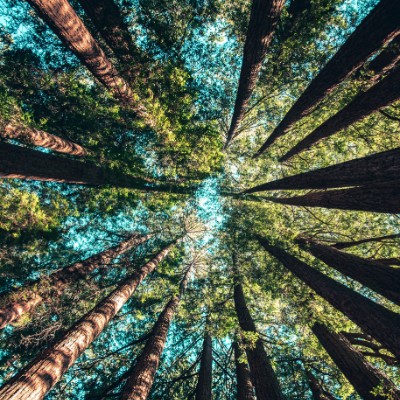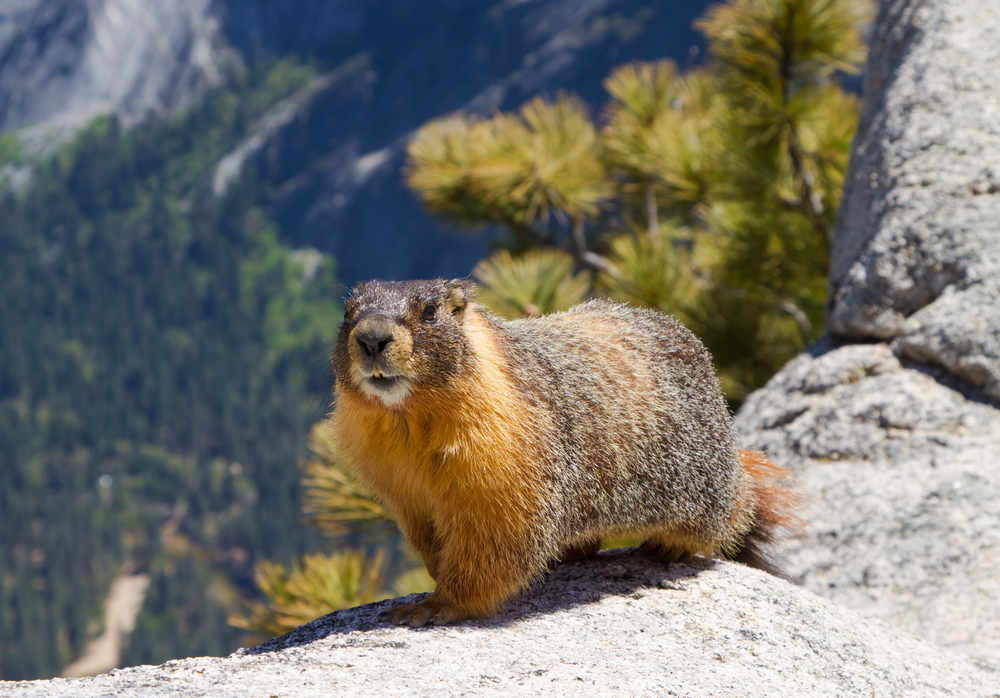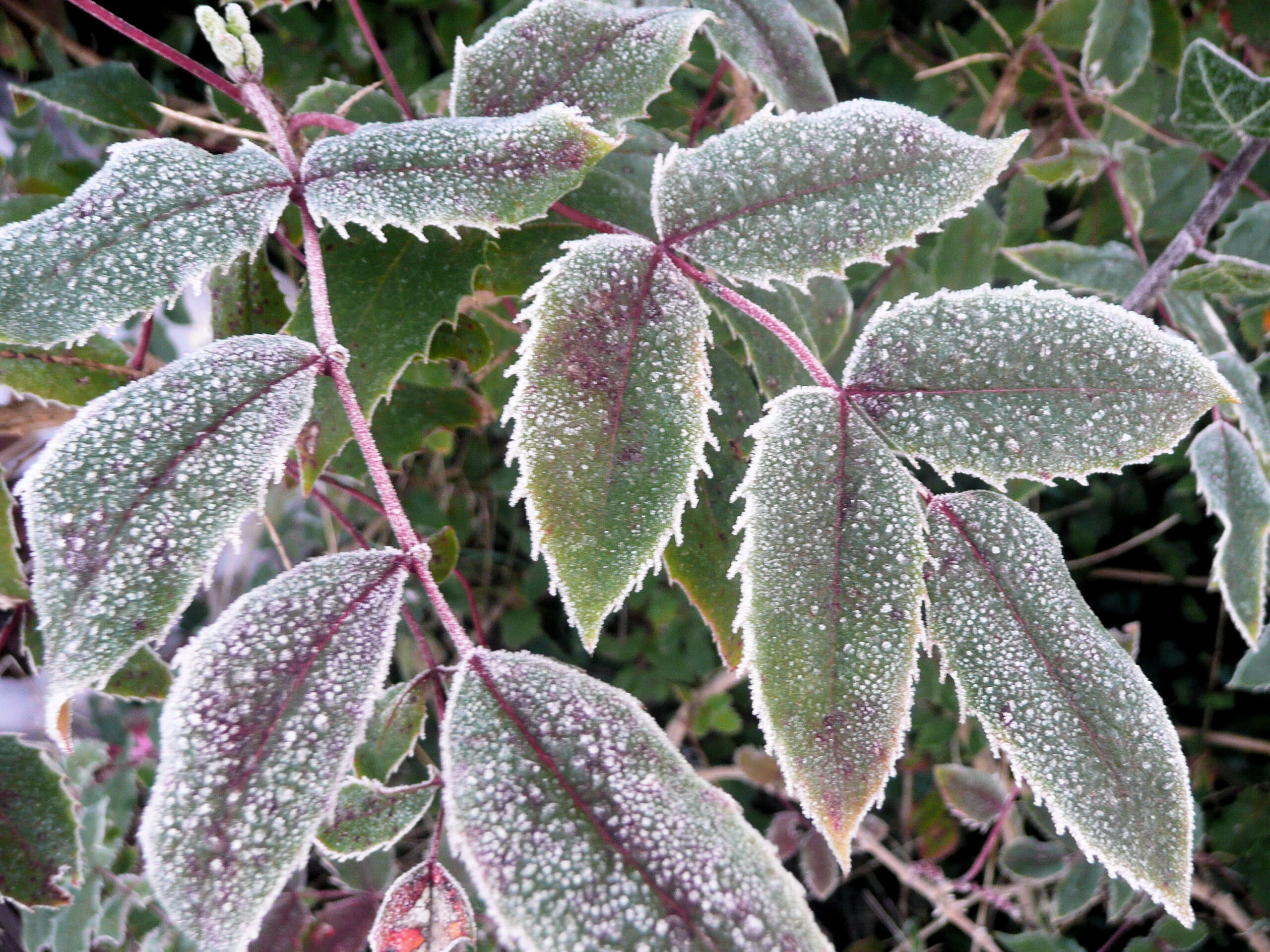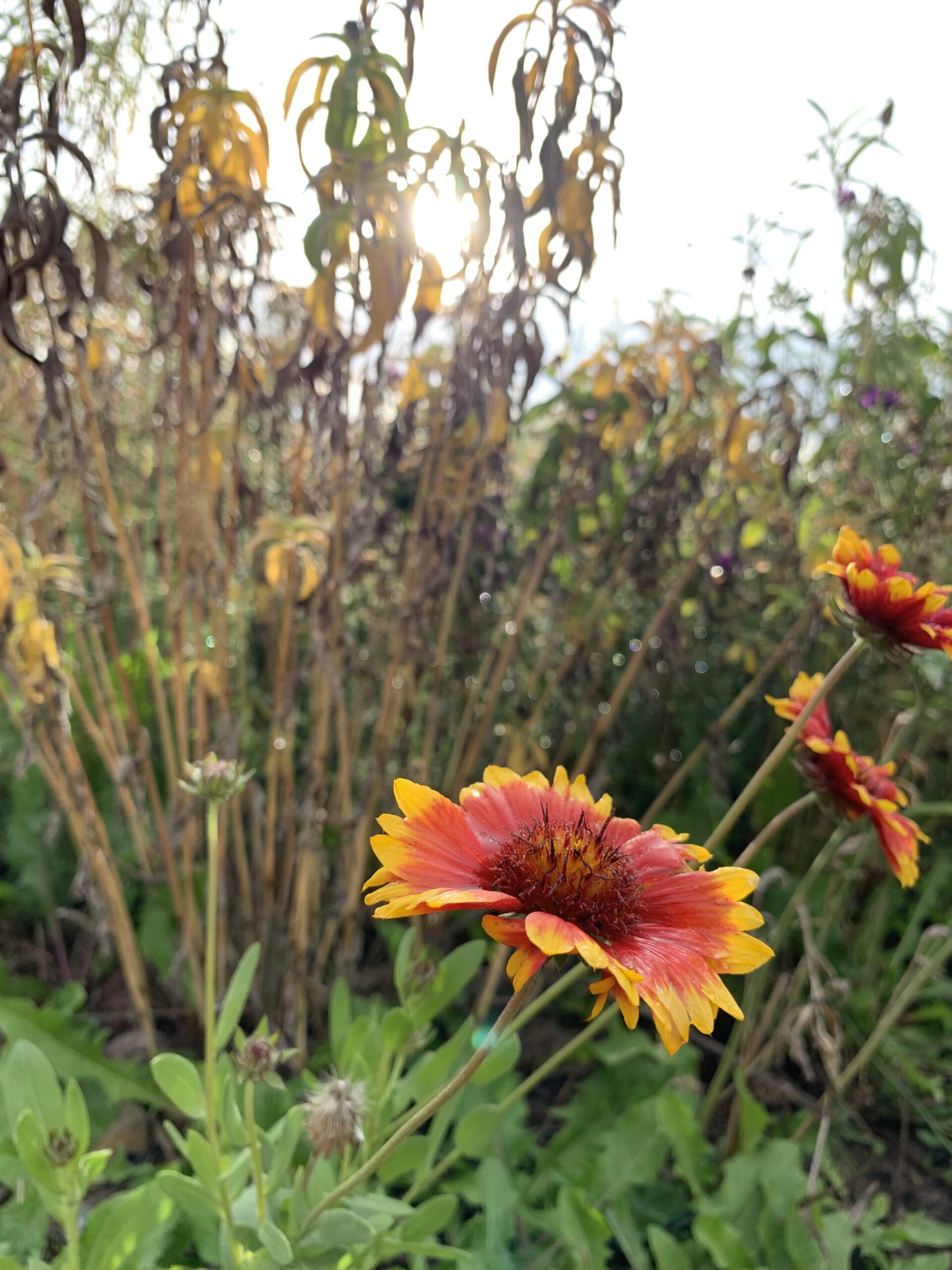By Jessie Walthers, Conservation Program Manager Groundhog Day. Who doesn’t love this most random of…

Forestry Assistance in the Flathead
Guest blog by Ali Ulwelling, Forestry Assistance Specialist, Montana Department of Natural Resources and Conservation, Northwestern Land Office in Kalispell.
The Department of Natural Resources and Conservation Forestry Division consists, in part, of both Fire Protection and Forestry Assistance programs. Forestry assistance programs exist to provide service to communities/landowners and to promote sustainable forests and watersheds for the benefit of all Montanans. The DNRC is currently working on the Montana Forest Action Plan that will help guide our work in the coming years.
We understand the connection between healthy forests and wildfire and work together to promote and create resilient forested landscapes and fire adapted communities. We also anticipate changing future conditions (climate, forest health, population increase, land fragmentation) and are working hard to provide high quality forestry assistance with that in mind.
Forestry Assistance is made up of multiple programs delivered by local Service Foresters:
- Forest Practices – Guidance is in place so that sustainable forest management may take place while protecting natural resources. The Streamside Management Zone (SMZ) Law protects our streams and waterways, the Hazard Reduction Agreement (HRA) Law requires logging slash be reduced to decrease fire hazard, and Best Management Practices (BMPs) are in place to minimize non-point source pollution from forest practices.
- Forest Pests and Diseases – We have an entomologist and 16 service foresters across the state who provide expertise in forest insect and disease issues through: identification, training & education, granting funds for pest management projects, and more.
- Forest Stewardship – This program provides private forest owners with technical and financial assistance to plan, implement, and meet long-term stewardship goals customized for their property.
- Forest Products and Biomass – Supports innovations for forest products, biomass, and wood energy, believing that a robust and diverse forest products industry is essential.
- Urban and Community Forests – Healthy urban forest ecosystems provide energy conservation, improved air quality, reduced storm water runoff, carbon sequestration, and beautification. Grants are available for communities to develop urban forestry programs!
Are you interested in stewardship of your forested lands? Contact your local service forester!
Ali Ulwelling, 406-751-2246, aulwelling@mt.gov
Richard Moore, 406-751-2268, ricmoore@mt.gov
Kalispell Unit – Northwestern Land Office, 655 Timberwolf Parkway, Kalispell, MT 59901



